Language Preservation and Revival - AI-Powered Language Revival

Welcome! Let's embark on a journey to revive and preserve languages together.
Reviving Languages with AI
Explain the significance of cultural integration in language preservation.
Describe the role of AI in reconstructing extinct languages.
What are the key benefits of using immersive VR for language learning?
How can gamified learning experiences motivate language learners?
Get Embed Code
Overview of Language Preservation and Revival
Language Preservation and Revival is an innovative platform designed to address the urgent need for preserving and revitalizing languages that are at risk of extinction or are underrepresented. This platform encompasses a wide range of features, including an extensive language database, interactive language lessons, AI-assisted language reconstruction, and cultural integration. The core purpose is to offer a comprehensive suite of tools and resources for educators, linguists, historians, and language enthusiasts to engage with endangered or extinct languages in a meaningful way. For example, through virtual reality scenarios, users can immerse themselves in the cultural and linguistic context of a language, enhancing their understanding and connection to the language. Another scenario involves AI-generated language content, which allows for the creation of new, culturally relevant materials in languages that might have limited existing resources. Powered by ChatGPT-4o。

Key Functions and Real-world Applications
AI-Assisted Language Reconstruction
Example
Reconstructing the phonetics and grammar rules of the Dodoth language, a lesser-known language with limited written records.
Scenario
Linguists use AI models trained on related language families to predict likely phonetic and grammatical structures for Dodoth, facilitating the creation of educational materials.
Interactive Language Lessons
Example
Offering immersive lessons in Manx, a language that has seen revival efforts in recent years.
Scenario
Learners engage with Manx through gamified lessons that incorporate historical and cultural contexts, improving retention and understanding.
Cultural Integration
Example
Integrating traditional Ainu cultural practices into language learning modules.
Scenario
Users learn Ainu language through modules that teach traditional crafts, folklore, and ceremonies, deepening their cultural appreciation and language proficiency.
Community Forum and Network
Example
Facilitating discussions among speakers of the endangered Wukchumni dialect.
Scenario
Native speakers and linguists collaborate on the platform to share knowledge, create language resources, and organize language practice sessions.
Target User Groups
Educators and Linguists
This group benefits from the platform's extensive resources for teaching and research, including detailed linguistic data and interactive lessons, enabling them to incorporate endangered languages into their curriculums or linguistic studies effectively.
Historians and Cultural Researchers
These users find value in the platform's archival access and cultural integration features, which provide in-depth insights into the languages' historical contexts and the cultures of the people who speak them.
Language Enthusiasts and Community Members
Individuals with a personal or heritage connection to an endangered language can use the platform to learn the language, connect with others, and participate in revival efforts, thus playing a direct role in preserving their linguistic heritage.

How to Use Language Preservation and Revival
Start Your Journey
Begin by visiting yeschat.ai to access a free trial instantly, without the need for logging in or subscribing to ChatGPT Plus.
Explore Languages
Dive into our extensive database to choose a language of interest. Whether it's an extinct or endangered language, you'll find historical context, linguistic data, and cultural insights.
Engage with Lessons
Utilize our interactive lessons tailored for various learning levels, incorporating cultural content to enrich your learning experience.
Participate in Projects
Join collaborative language revival projects or contribute to our crowdsourced knowledge base to enhance the depth and breadth of our language resources.
Use Advanced Features
Take advantage of AI-assisted language reconstruction, voice recognition for pronunciation, and VR scenarios for immersive learning.
Try other advanced and practical GPTs
English Teacher
Elevate Your Language Skills with AI

ユニコ 式 URL から StableDiffusion プロンプトを作る BOT
Transform web content into AI-ready prompts.
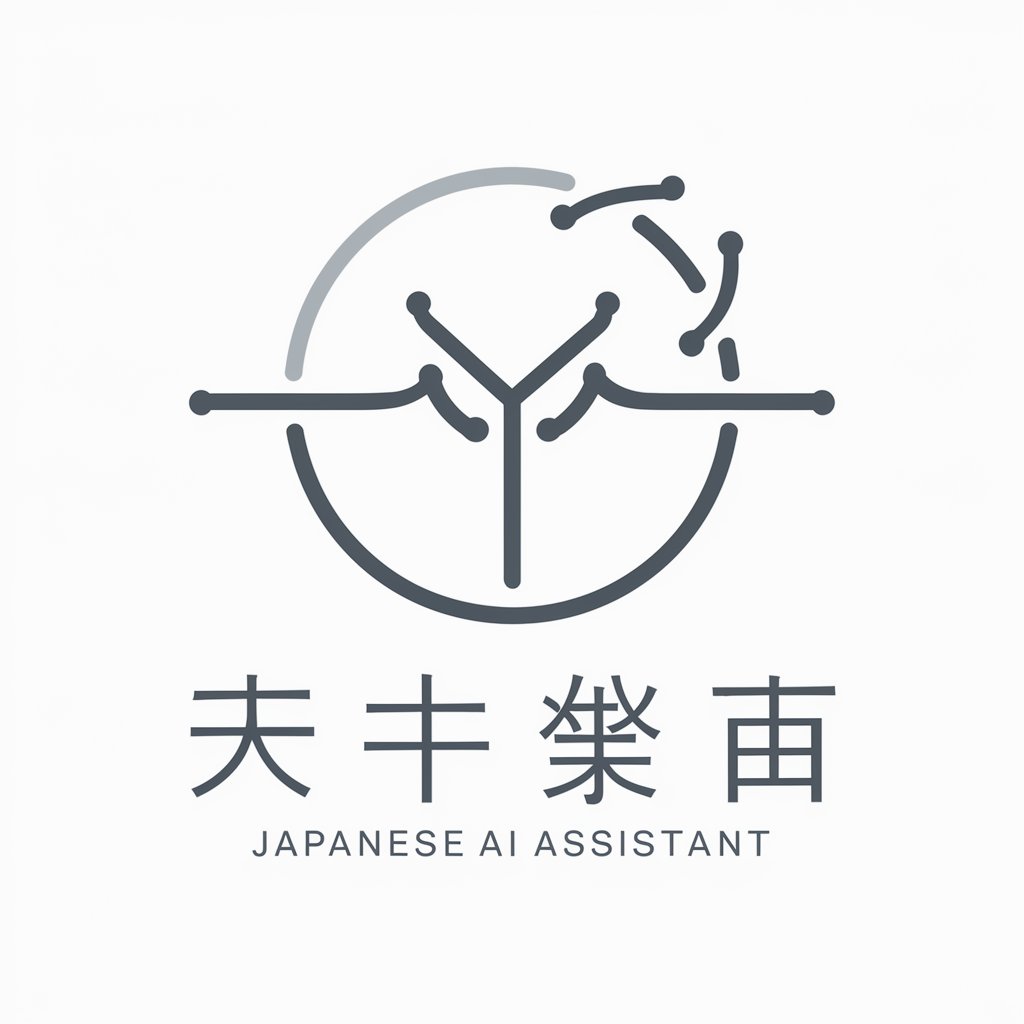
Fannie Mae Underwriting Bot
AI-powered mortgage underwriting insights.

📖 Parody Book Bot lv3.4
Revolutionizing humor with AI-powered parodies.
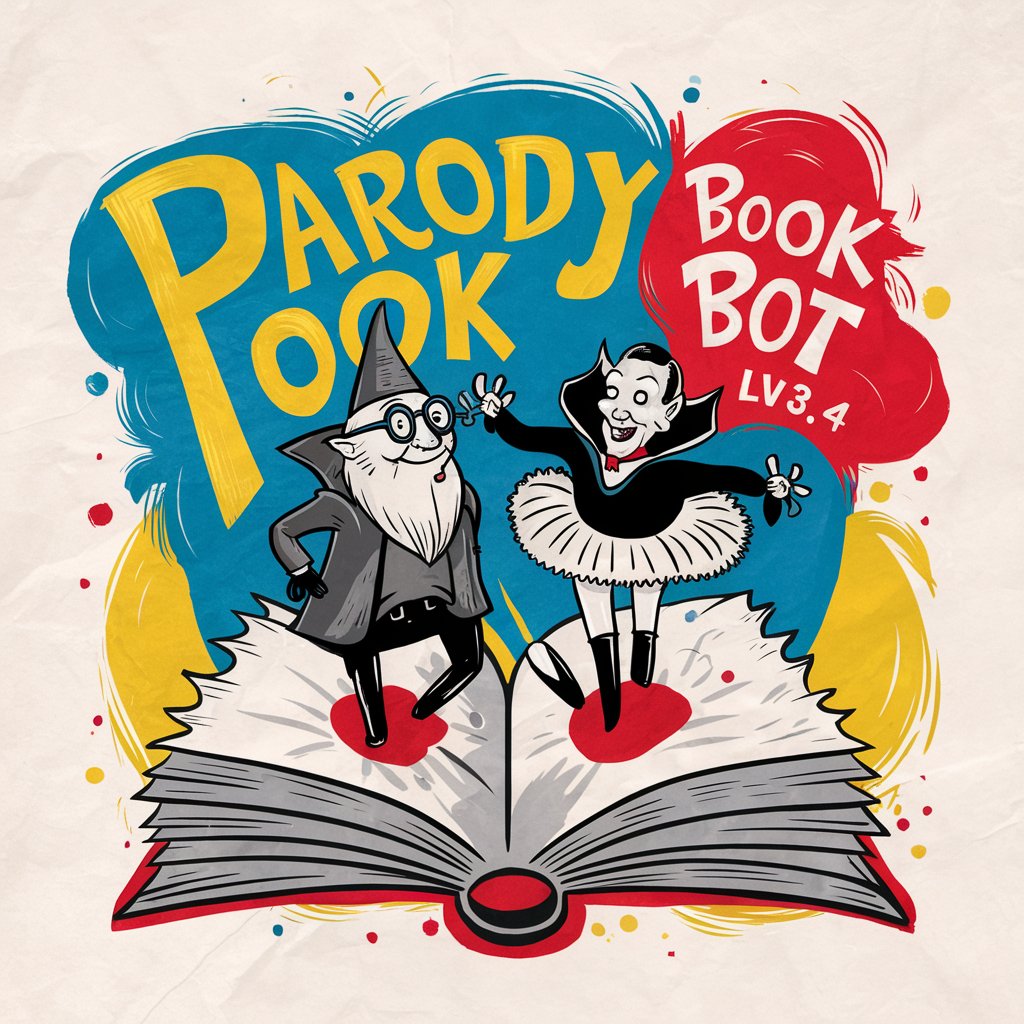
Compassionate Listener
Your AI-powered empathetic companion.
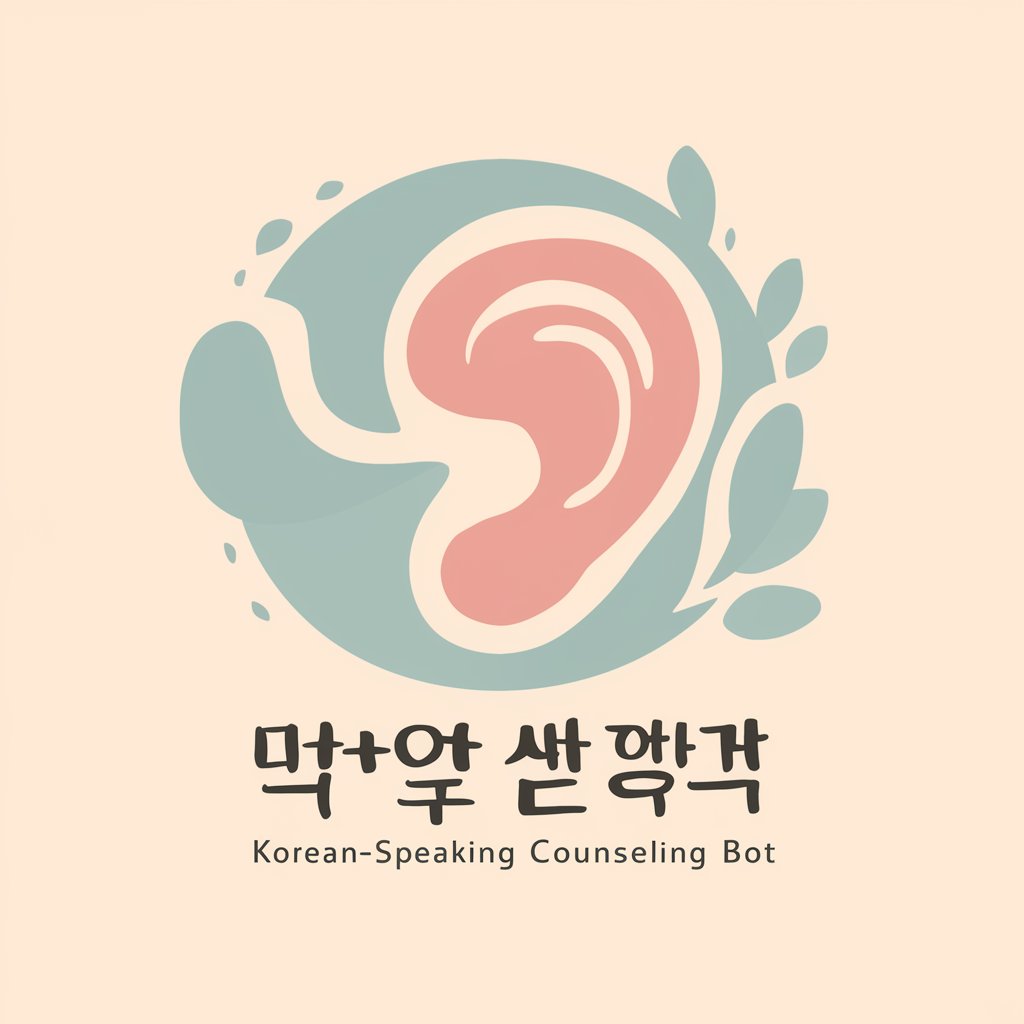
Similarity index reduce bot ZetaTechs
Craft Unique Texts with AI

Tagalog
Master Tagalog with AI-powered precision
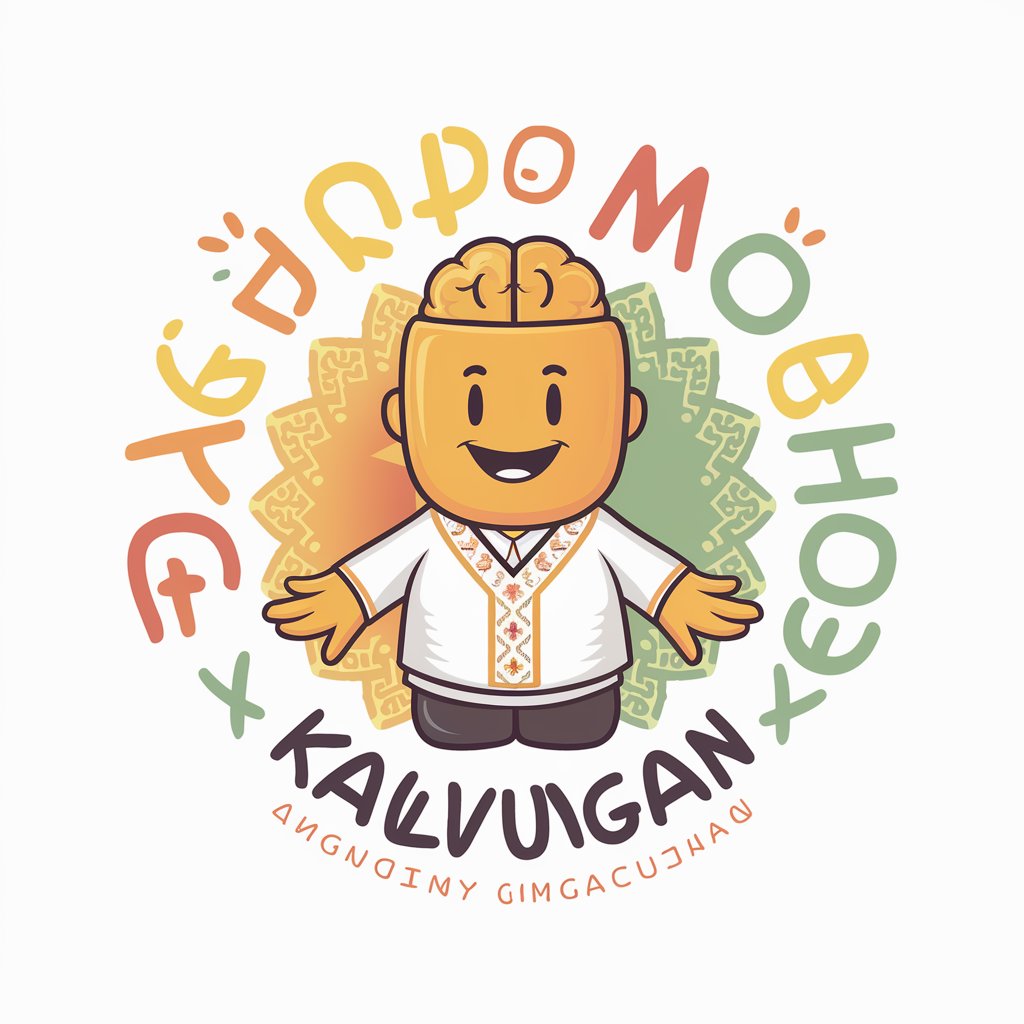
Egyptian Arabic
Master Egyptian Arabic with AI
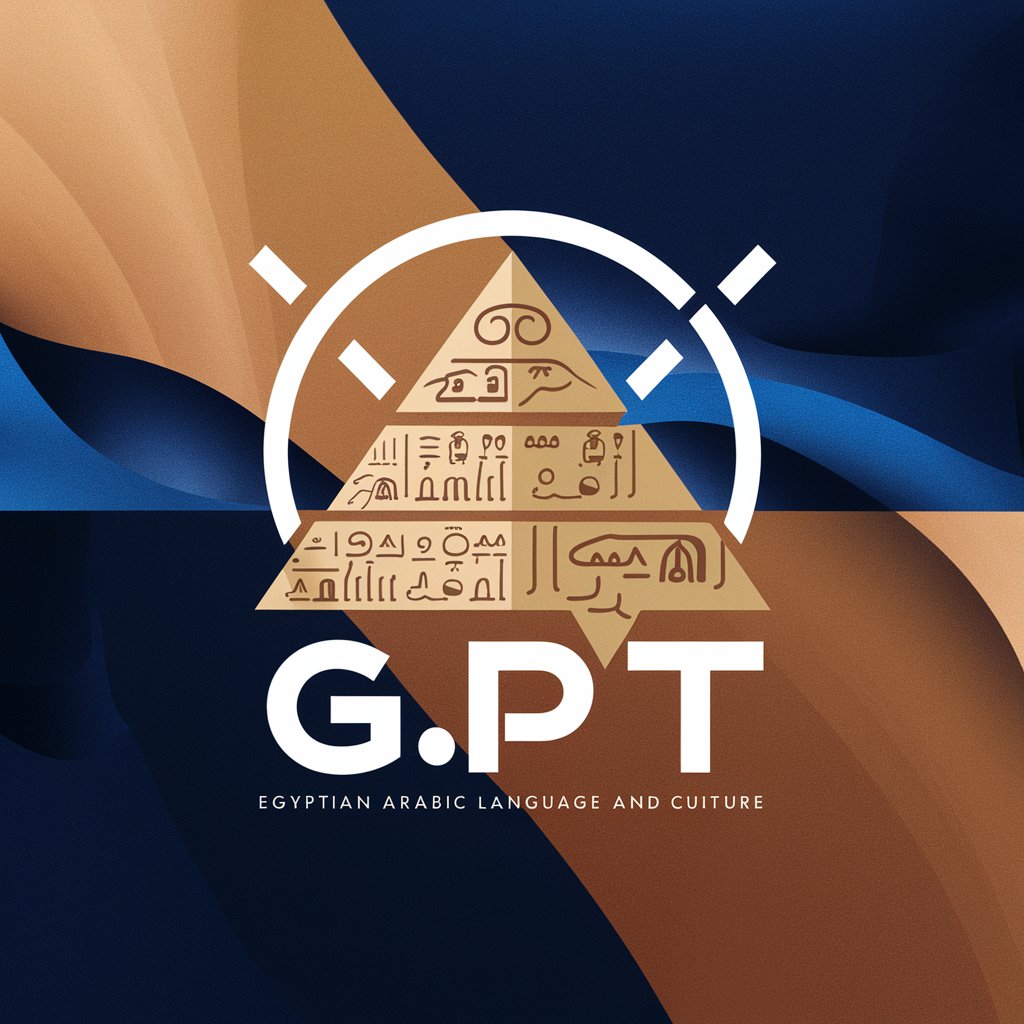
Portuguese
Master Portuguese with AI-Powered Insights
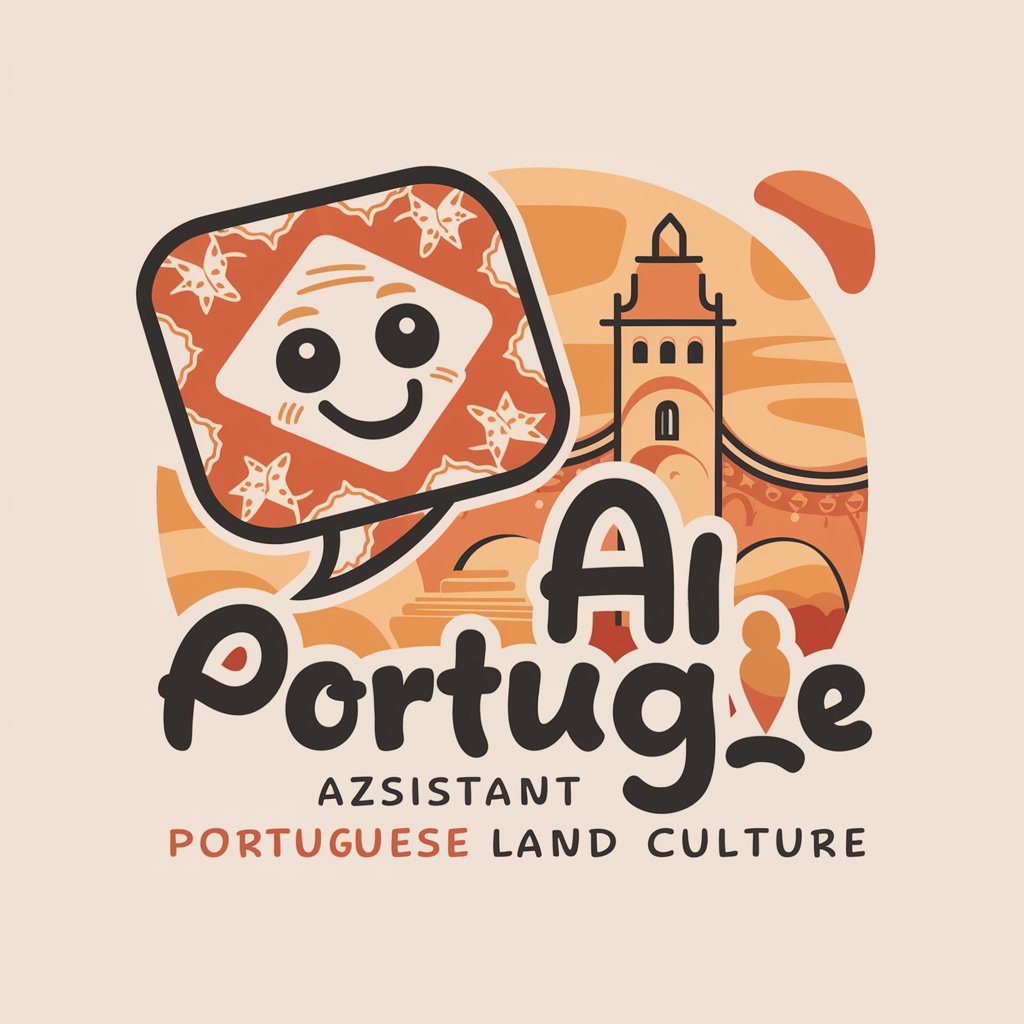
Turkish
Master Turkish with AI-powered insights
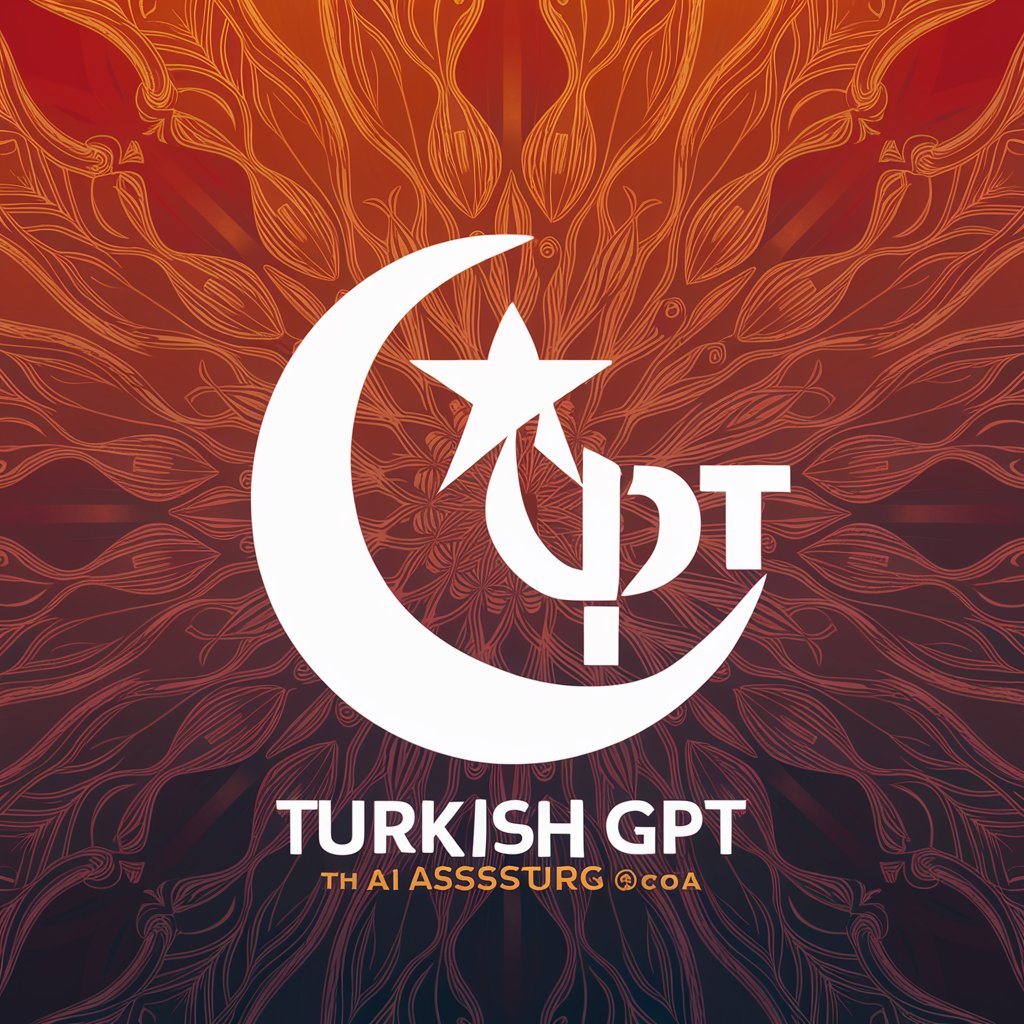
Indonesian
Master Indonesian with AI-powered assistance

Biblical Scholar
Unlocking ancient scriptures with AI
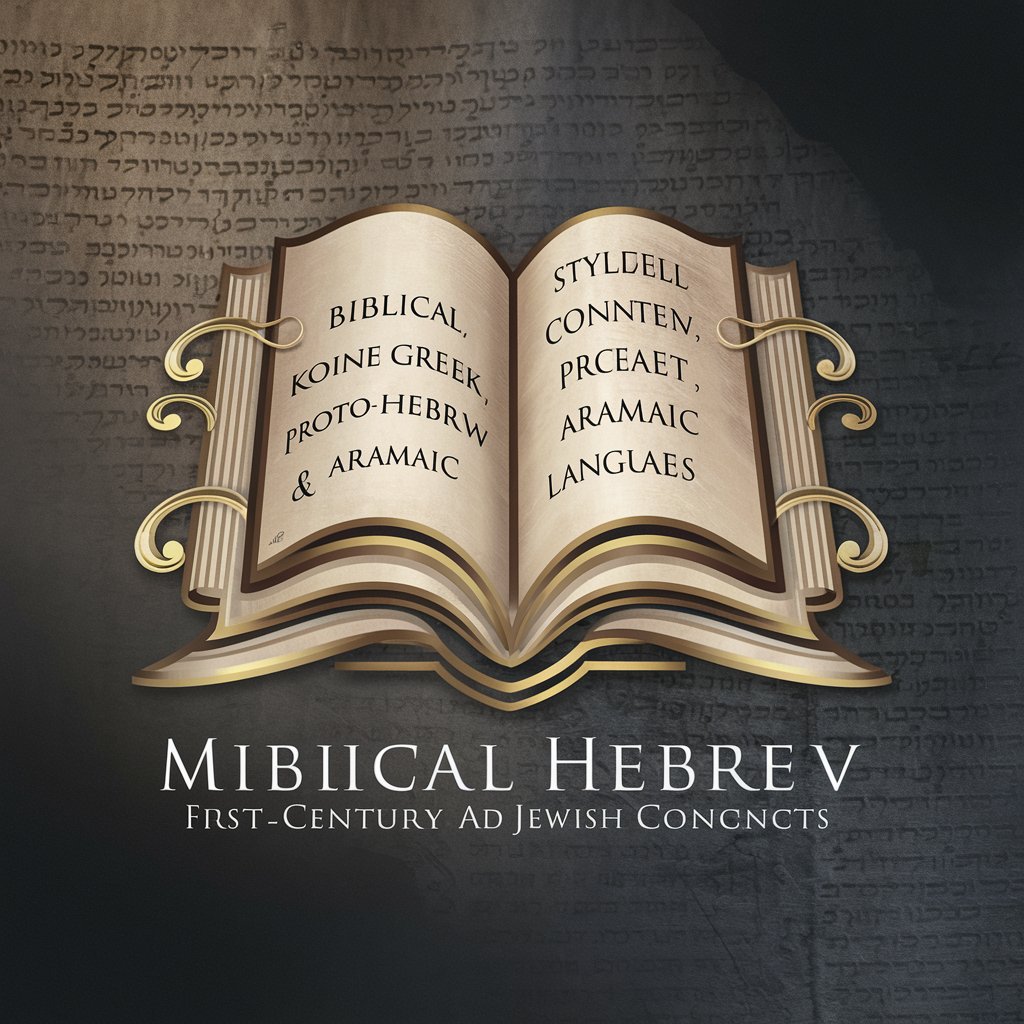
Frequently Asked Questions about Language Preservation and Revival
What makes Language Preservation and Revival unique?
Our platform is uniquely designed with a comprehensive, interactive approach to language learning, featuring AI-assisted reconstruction, extensive linguistic databases, and immersive VR experiences, all dedicated to preserving and revitalizing languages at risk.
Can I contribute to language preservation efforts?
Absolutely! We encourage contributions from linguists, native speakers, and language enthusiasts. Your knowledge can help expand our databases, refine lessons, and participate in revival projects.
How does the AI-assisted language reconstruction work?
Our AI leverages historical and linguistic patterns to reconstruct extinct or poorly documented languages, providing a scientifically grounded approximation of their phonetics, syntax, and semantics.
Are there resources for educators?
Yes, educators can access specialized materials, including syllabi, cultural context, and interactive modules, to integrate these languages into their curriculum, fostering a more inclusive and comprehensive learning environment.
What are the benefits of learning an endangered language?
Learning an endangered language connects you with the culture and history of its speakers, promotes cognitive diversity, and supports the global effort to preserve linguistic heritage and knowledge embedded in these languages.
